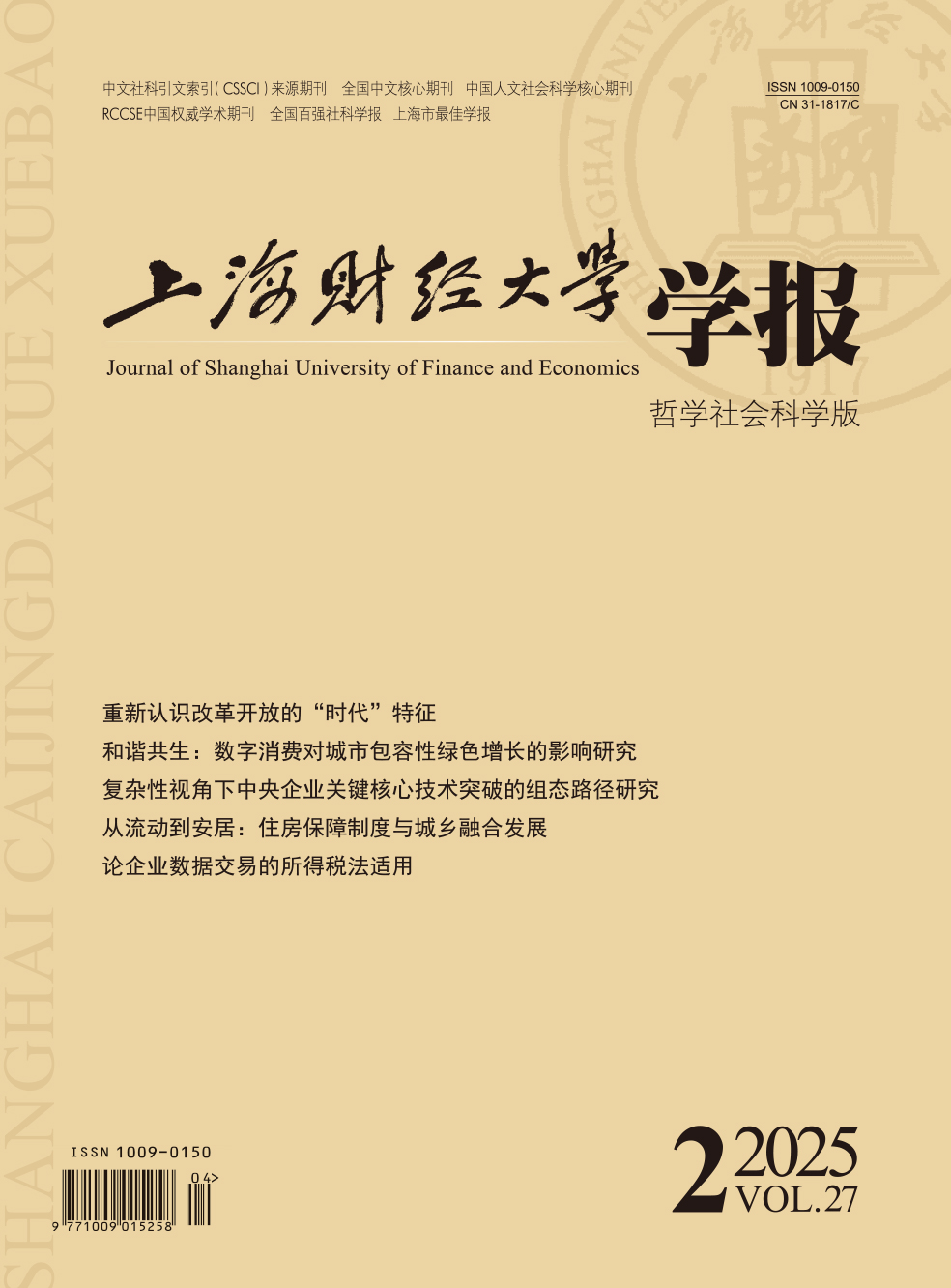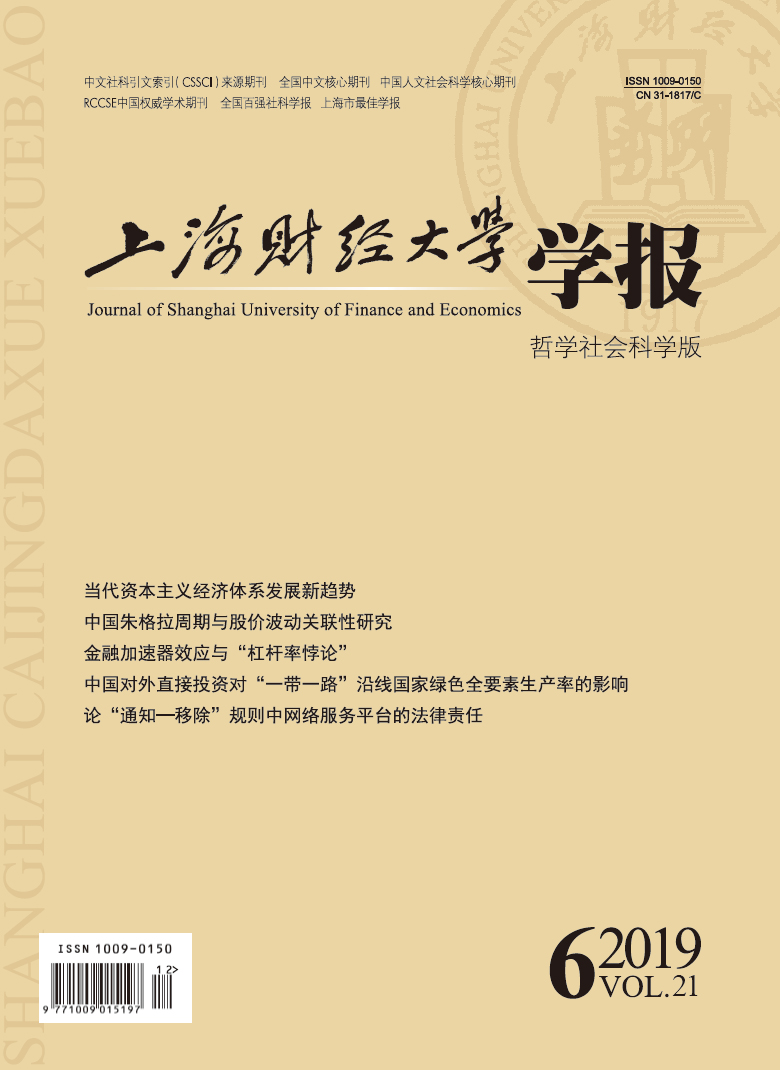R&D subsidies have been well established as an important way to alleviate corporate financing constraints. The existing literature on R&D subsidies mainly focuses on its resource effects: As the role of cash resources supported by government agencies with free of charge, R&D subsidies can share the cost and risk of new product innovation, and as unabsorbed organizational slack, it can ensure firm innovation to continue. However, the initial investment of R&D activities is vast, which cannot be covered by government subsidies solely. Therefore, external financing (including debt financing and equity financing) has become an important way to fill the funding gap of R&D investment. Then, with the exception of resource effects brought by direct subsidies, do government R&D subsidies have other effects? We argue that R&D subsidies can also be regarded as an informational signal to release firms’ technological capabilities to the external capital market. R&D subsidies are the screening results based on comparisons between intra-industry and inter-industry and technical ability evaluations of firms themselves. In the process of applying for R&D subsidies, the low-quality firms need to pay higher costs compared with the high-quality ones, thus there is a separation equilibrium between high-quality and low-quality firms. Also, fearing of the disclosure of R&D information by external investors, firms are willing to disclose their R&D information to government agencies, so that government agencies have more information advantages in judging firm quality. To sum up, R&D subsidies are the " certification” made by the government for firm technical capability and market potential. We believe that it can alleviate the information asymmetry between firms and external investors, as well as the constraints on R&D financing.
Using the data of A-share listed companies in Shanghai and Shenzhen from 2008 to 2015, we investigate the relationship between R&D subsidies, information asymmetry and corporate financing constraints. The results show that R&D subsidies can effectively alleviate information asymmetry problems, and the results are robust after ruling out the endogenous problems. Furthermore, based on cash-cash flow sensitivity proposed by Almeida, et al.(2004), this paper finds that financing constraints are prevalent in Chinese firms, and R&D subsidies can alleviate corporate financing constraints. Additionally, the " signal effect” is found as an important mechanism of R&D subsidies alleviating corporate financing constraints, because it can increase more external financing by reducing information asymmetry between firms and external investors. Finally, the heterogeneity analysis of the " signal effect” shows that the effect is greater for SEMS in the early lifestyle, low-marketization regions and turbulent environment.





 5623
5623  5749
5749

